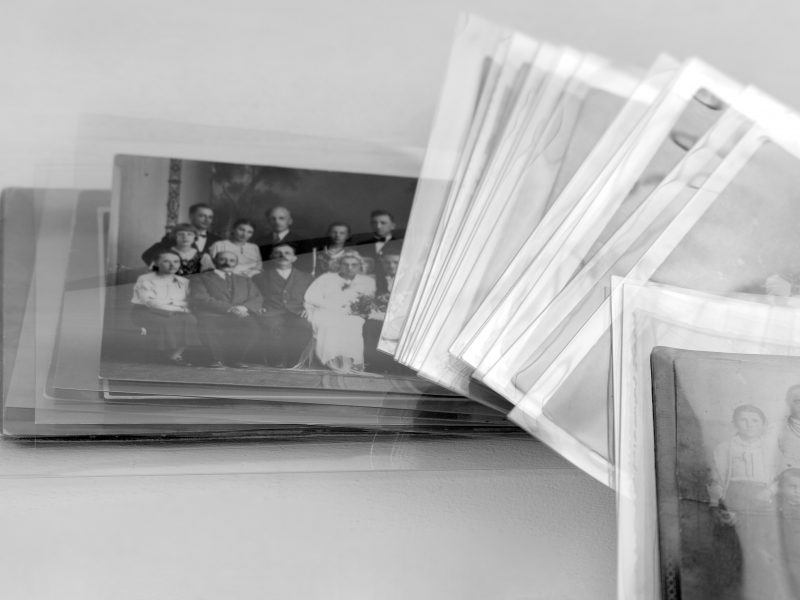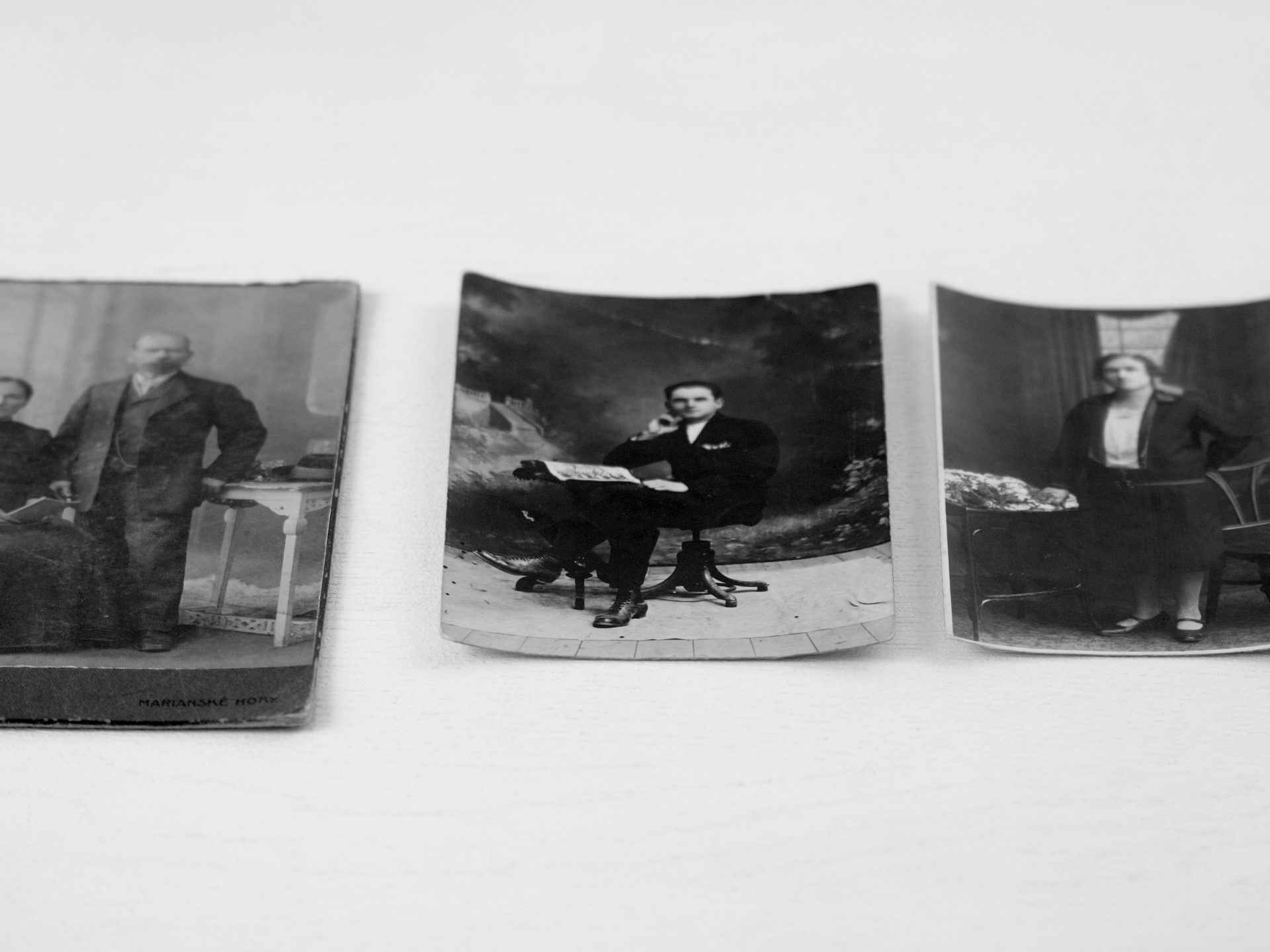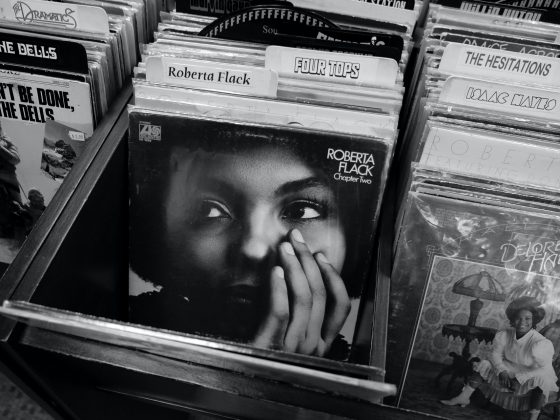Maintaining a personal photography collection in some ways is not much different than handling a professional photo archive. Of course, you don’t have to stick to archival standards in 100%, but if you want to protect your precious photographs and keep them from damage, it’s best to learn a few rules that would help you maintain your collection in good condition.

1. Storage standards are the most important
Here’s a basic tip: the storage environment is a most significant source of damage. Photography is sensitive and must not be stored in direct sunlight, in locations too humid or too dry, near heating and cooling vents. Moreover, it needs an acid-free container. If the environment isn’t appropriate, in the long term chemical reactions will occur and cause damage to your items. Typical cardboard boxes, file folders, envelopes, and plastic containers release acidic gases and other chemicals that cause photographic materials to deteriorate. The ideal strategy is to put each photograph, negative, slide, or document in a separate acid-free (archival) enclosure to reduce abrasive contact and chemical interactions between items. You may also check if what you’re buying is certified and meets the Photographic Activity Test (PAT) set by the International Standards Organization (ISO).

2. Avoid fluctuating temperature and humidity
Maintaining a home collection doesn’t necessarily require 100% adequacy in holding professional standards, and compromises must be made. All you need to know is that the highest priority is to keep temperatures below 23° C (75° F) and relative humidity below 60%. Temperatures closer to 20° C (68° F) and relative humidity between 30% and 40% are even better. It’s best than to avoid basements with high humidity and attics with large fluctuations of temperature and humidity. It would prevent your items from chemical deterioration and the growth of mold and mildew. On the other hand – from cracks and peeling.
3. Digitize it
Your collection already has a historical value. Do what you can to preserve the original pieces and remember that their condition will nevertheless deteriorate in time. The use of the digital copies can greatly reduce the possible risk upon the originals. Keep the authentic items stored and safe, but it’s better to show the digital copies. Also, this way the risk of a complete loss of your collection becomes less possible.
Even if you digitize your collection by yourself, remember to make an effort of quality. It’s best if your files have a resolution of at least 300 dpi. Next, find your own strategy for naming and organizing your collection in a way that fits your needs. And above all – make a backup copy on an external drive. Having a photo documentation or scan files of your collection also gives you a great opportunity of publishing your collection online and easily sharing it with others.we









